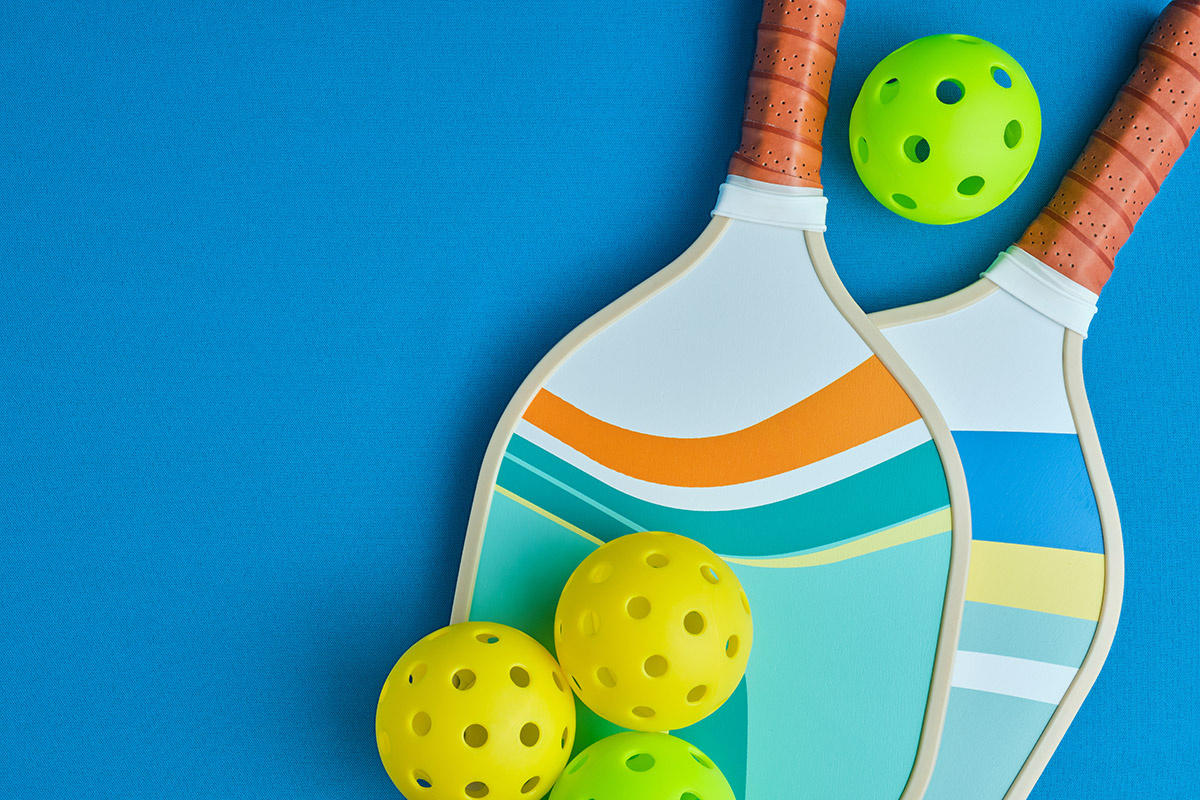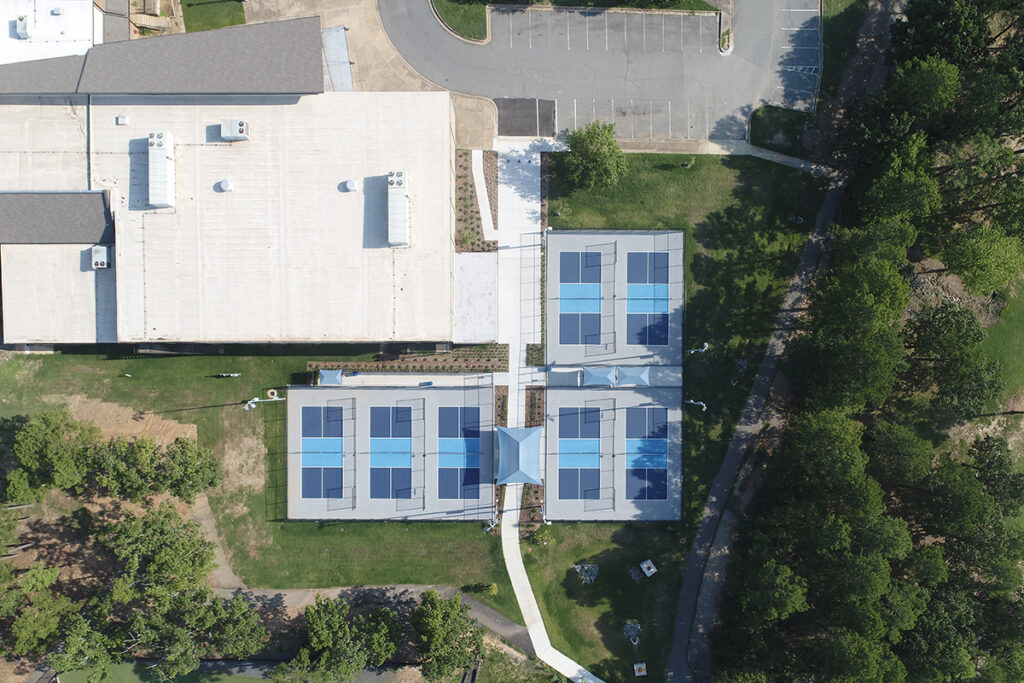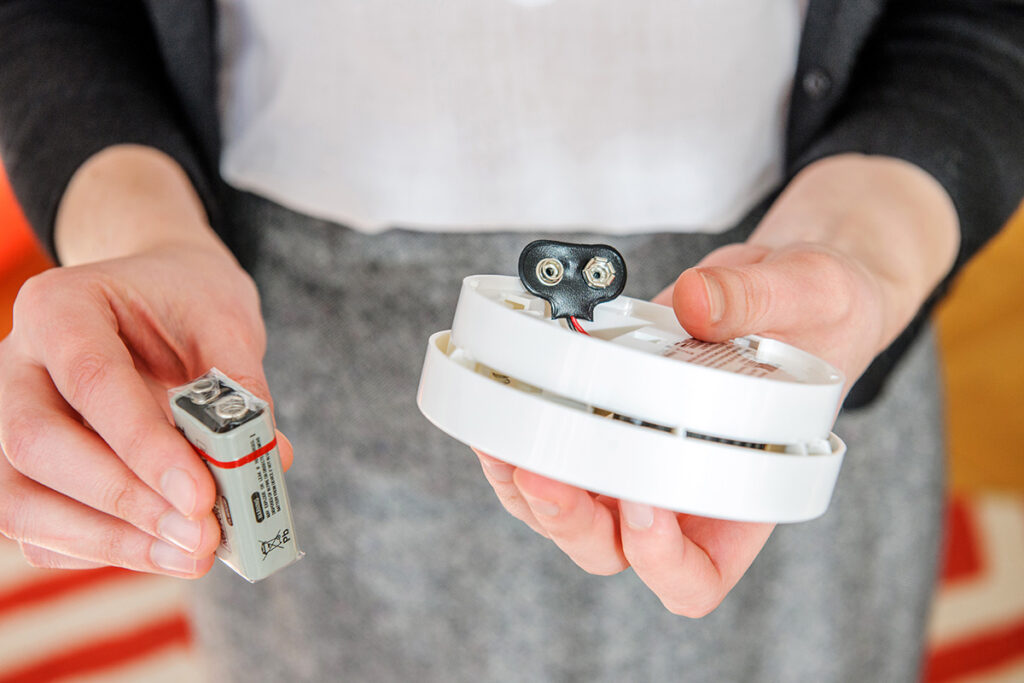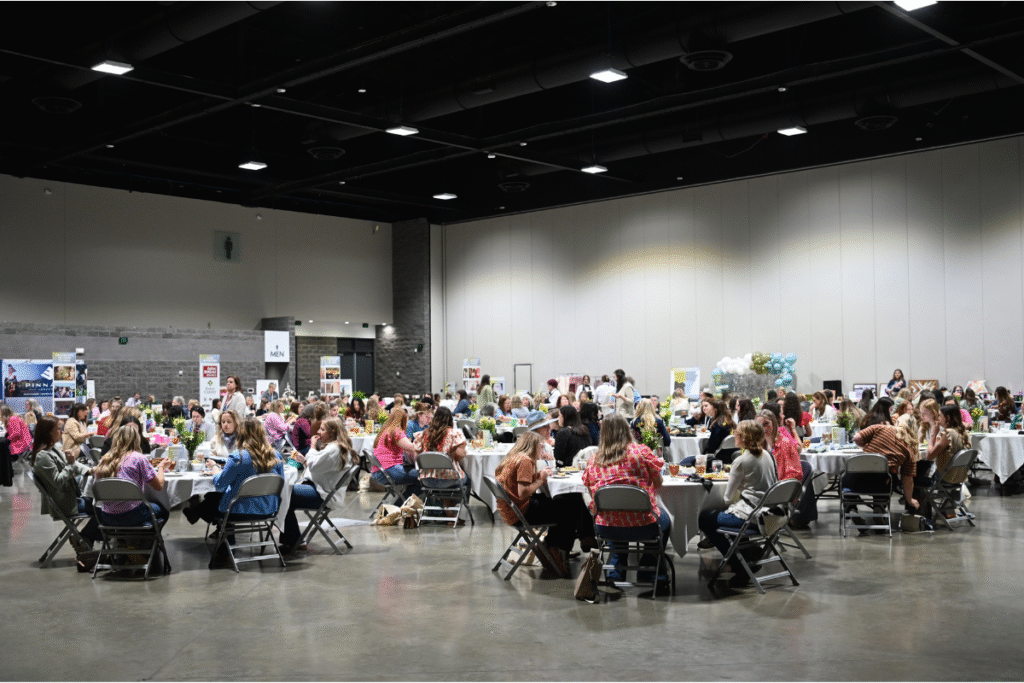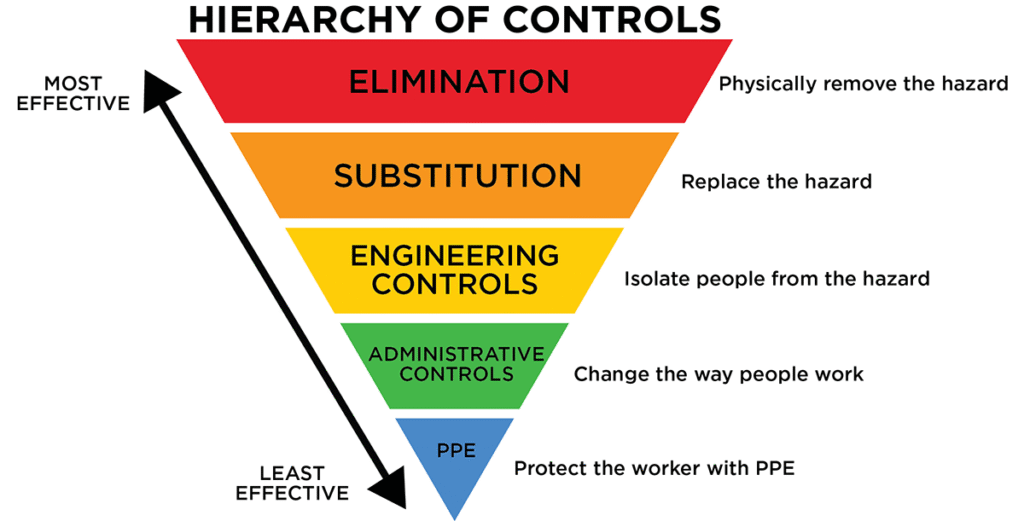Pickleball is the fastest-growing sport in the United States, and it’s easy to see why. Simple to learn and inexpensive to play, the game attracts new players of all ages, but it has become particularly popular among older adults who are looking for ways to stay active and social.
Although the sport offers many benefits for mental and physical health, it also carries a risk of injury, particularly for athletes experiencing a sudden change in their activity level. In recent years, hospitals and clinics have seen a sharp increase in injuries from pickleball, including acute injuries such as broken bones or muscle strains and chronic injuries from overuse.
Whether you’re a beginner or you’re thinking about picking up a paddle for the first time, consider the following suggestions to protect against injuries. Some of these ideas might improve your performance on the court, too.
EASING IN
Pickleball is an excellent option if you’re looking for a way to improve your physical fitness, but there’s no need to rush into the game. Take some time to learn the proper mechanics so you can perform better and avoid injury. You should also make sure you have the right equipment, including tennis shoes and athletic attire.
If you’re taking up the sport after a period of inactivity, then consider consulting with your doctor to determine whether you have any medical conditions that require extra precautions. For older adults, this can include screening for osteoporosis (which I advocate strongly—regardless of your affinity for paddle sports).
When you do hit the court, ramp up your activity gradually so you don’t experience excessive soreness or fatigue. If you feel any lingering soreness, then take a break to ensure that a nagging problem doesn’t turn into a more severe injury. It’s easy to get caught up in the competition, but it’s more important that you listen to your body.
STRENGTH TRAINING
Many people believe pickleball—which incorporates elements of tennis but is played with a plastic ball and wooden paddles—is a low-impact sport. However, the act of chasing or lunging after the ball requires the type of explosive movement that can cause new injuries or exacerbate old ones. Frequent players may face additional issues, as repetitive movements can lead to overuse injuries in the wrists, elbows and lumbar spine.
With any increase in physical activity, it’s important to prepare your body for the additional strain. That’s why I recommend strength training for anyone who plans to be a regular on the pickleball court. Body weight exercises such as squats and lunges build your key muscle groups without putting unnecessary pressure on your joints.
For those newer to resistance training, exercise machines, rather than free weights, may provide a simpler, more controlled introduction to training. Try to avoid the leg extension machine, as this may exacerbate early arthritis behind the kneecap and commonly causes pain in the front of the knee.
MOBILITY AND COORDINATION
Falls account for a significant number of pickleball injuries, especially among older players. These falls occur most often from movement errors when attempting to react to an unexpected shot or bounce. Think of this as backing into the mailbox while you’re talking on the phone. Even in high-level athletes, injuries commonly occur when our minds are preoccupied by reacting to an opponent, rather than focusing on running or landing.
Practicing landing and cutting movements in a controlled environment can improve coordination and performance. Warm up with dynamic processes—side shuffles, air squats and controlled landing—before you play.
Mobility exercises target the range of motion in your joints, providing stability and support for the whole body. Yoga and Pilates are two workout regimens that improve mobility and balance, though there are many other options that might work for you. Maintaining joint stability requires your muscles to work together in concert.
As you take these steps to avoid injuries, I hope that your pickleball experience is all fun and games.

